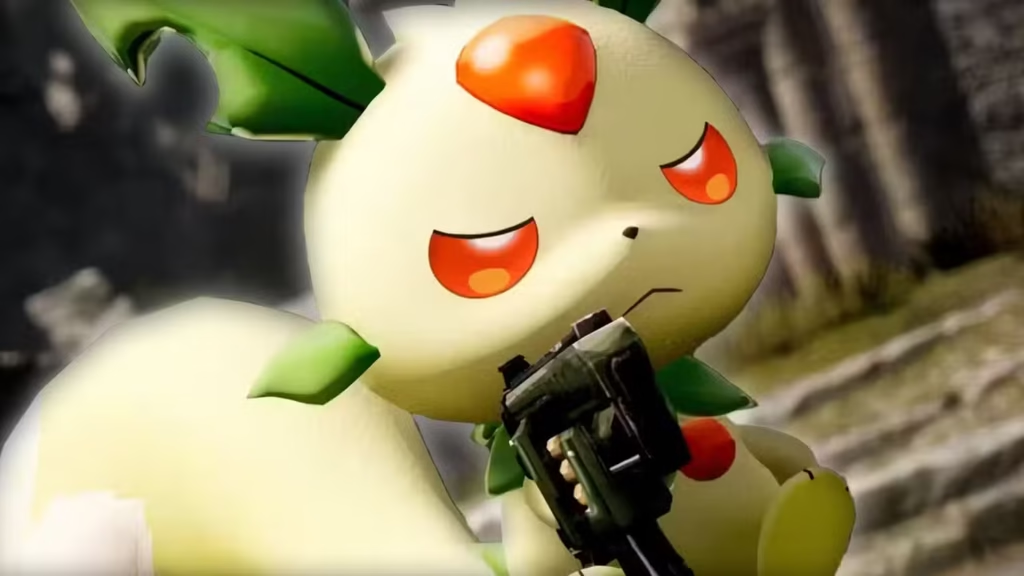A Japanese intellectual property lawyer has identified several potential patents that may play a key role in Nintendo’s legal action against Pocketpair, the developer of Palworld. Through his examination, he has highlighted a specific group of patents that he thinks could be closely tied to Nintendo’s claims regarding Palworld.
The Pokemon Company and Nintendo have teamed up to file a lawsuit against Pocketpair on September 18, alleging that the popular survival crafting game violates several patents. The details of their claims remain undisclosed as they have taken the matter to the Tokyo District Court.
Attorney Narrows Down Potential Palworld Infringements to 28 Patents
Pocketpair has stated that it was not made aware of any patents that Palworld is supposedly violating. However, the potential candidates for infringement are not extensive, as noted by Kiyoshi Kurihara, a patent attorney based in Japan. In a recent discussion with Yahoo News, Kurihara suggested that since the lawsuit was filed jointly by Nintendo and The Pokemon Company, it is likely that the patents involved are owned by both entities

Nintendo Has a ‘Killer Patent’ For Capturing Pokemon, Attorney Says
Kurihara pointed out Japanese patent number 7545191 from the remaining group, which focuses mainly on mechanics for capturing creatures. This patent was initially filed in late July 2024 and received approval the following month, thanks to a request for an expedited review from Nintendo and The Pokemon Company.
Kurihara referred to this as a “killer patent” due to its extensive range of applications. He noted that creating a game similar to Pokémon could be challenging without infringing on this patent, emphasizing the potential risks involved for developers.
The expedited review request for patent number 7545191 led to the swift approval of three additional patents from Nintendo and The Pokemon Company, specifically 7528390, 7493117, and 7505854. Kurihara pointed out that modifying an existing patent for particular legal reasons is a common practice in the industry, suggesting this may have been the case here.

